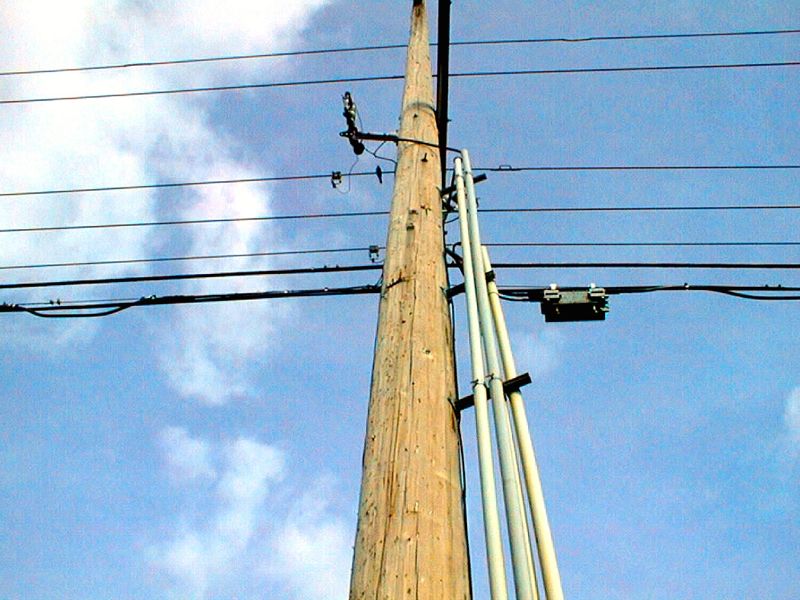Joint Utility Safety Team – Every day, two to three Albertans needlessly risk their lives by contacting an overhead or underground power line.
In 2013, this translated into about 782 power line incidents in Alberta. Although that’s a significant decrease from the 934 incidents reported in 2012, power line safety should be top of mind for operators of large equipment, says the Joint Utility Safety Team.
Modern equipment is larger and is often as tall or taller than power lines, or can dig deeper than buried power lines, says the organization, created by the province and Alberta’s electric utilities.
Read Also

An unbelievable tale of a lost engagement ring
After nearly 50 years, a southern Alberta farmer finds her wedding ring in an unusual place.
Complacency born of routine tasks, deadlines and productivity pressures often lead to skipping important safety steps, it says.
It recommends farmers familiarize themselves with power lines on or near their land every year, and also review the height of any new equipment.
- From the Manitoba Co-operator: Permits required for moving tall equipment beneath power lines
Being too close to a power line can also be dangerous because electricity can arc or “jump” from a power line to a conducting object such as a machine or a ladder. It recommends both operator and equipment be a minimum of seven metres away from overhead power lines. When working any closer, operators should call the local utility company and always contact Alberta One Call (1-800-242-3447 or www.albertaonecall.com) before beginning work.
Operators are also reminded that taking equipment over 4.15 metres high on public roads or highways is considered overheight and requires a permit from Alberta Infrastructure and Transportation. If equipment is over 5.3 metres high, the local utility must be contacted in advance of the move.















